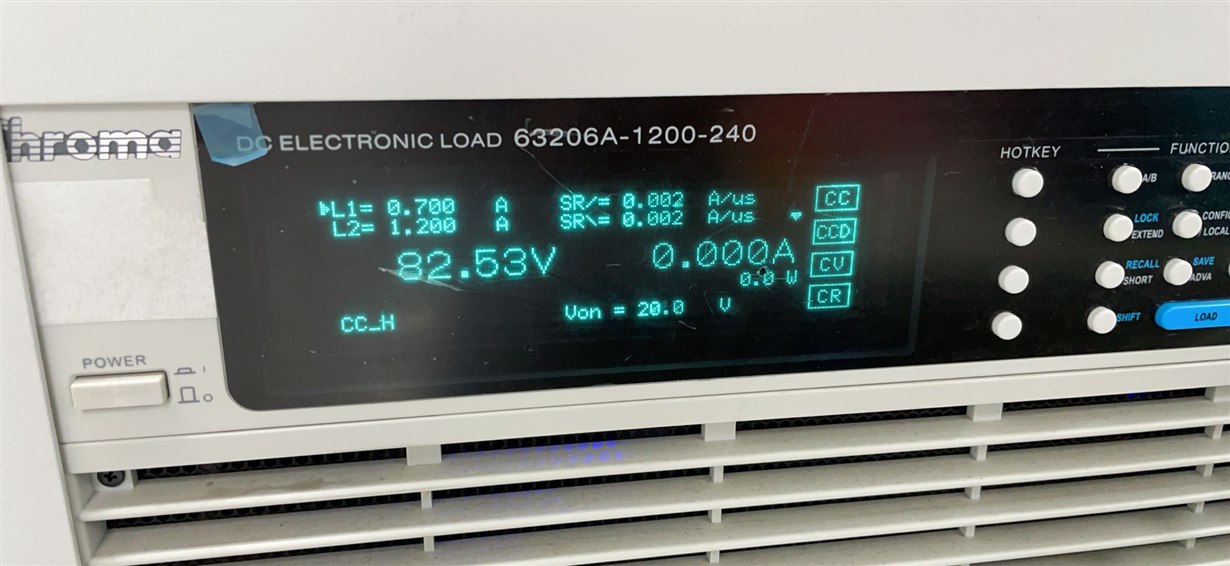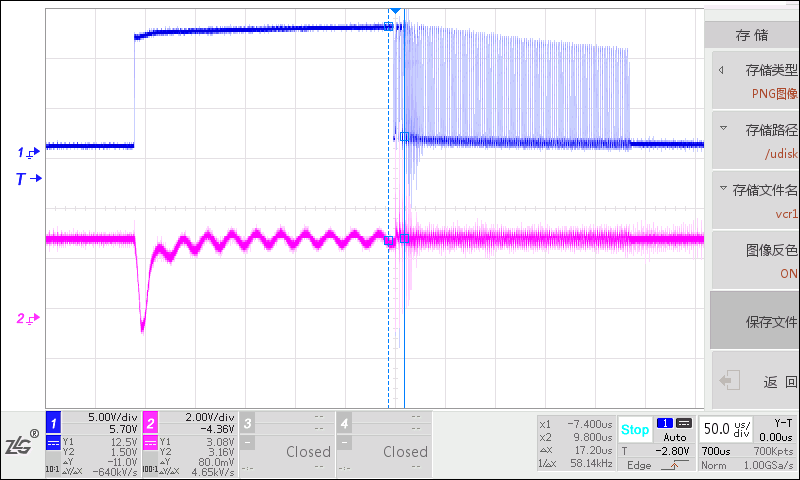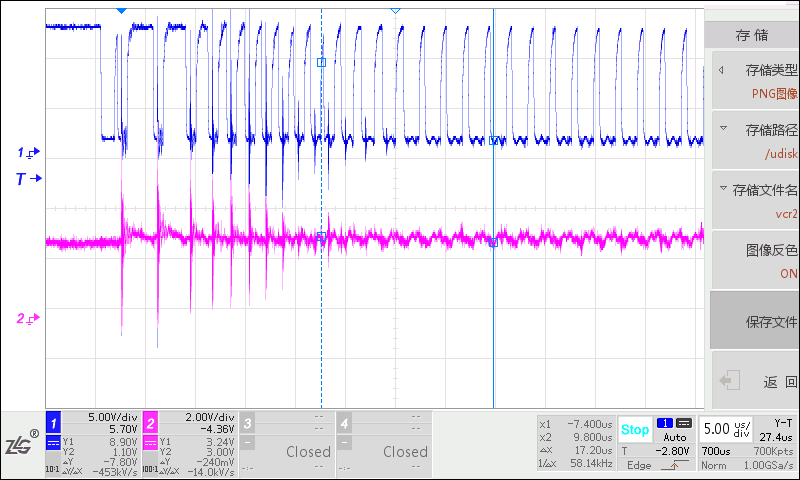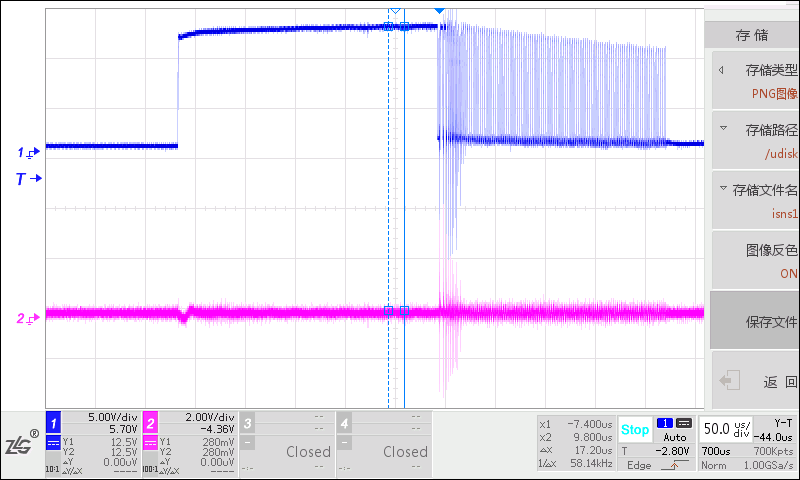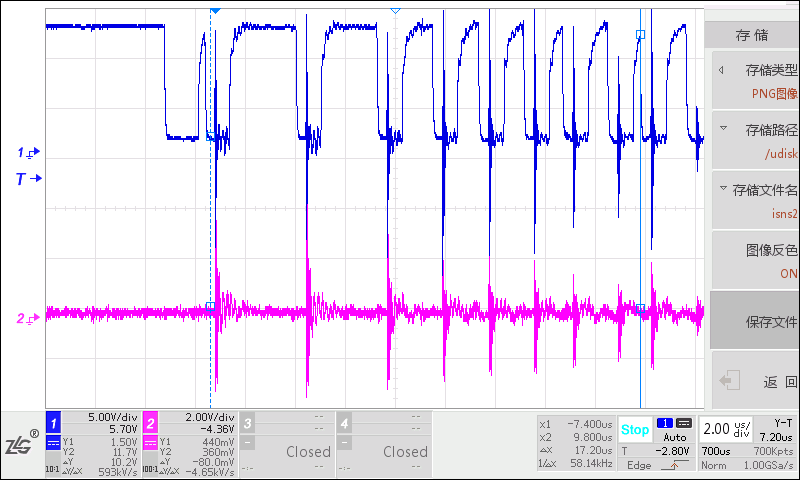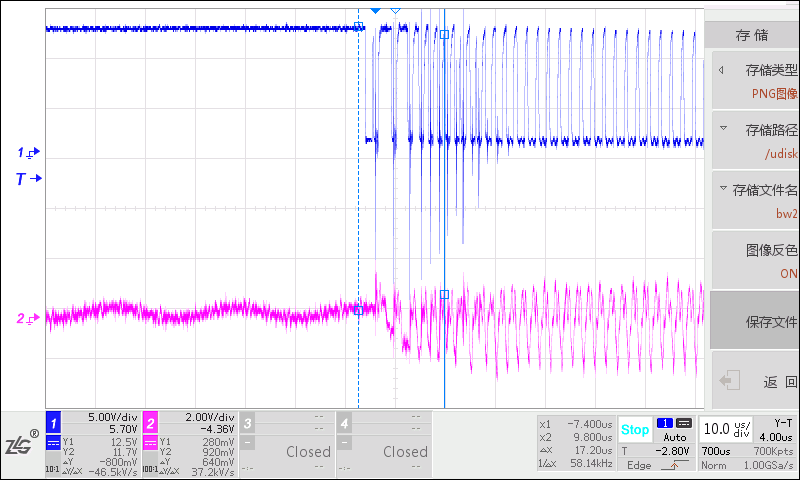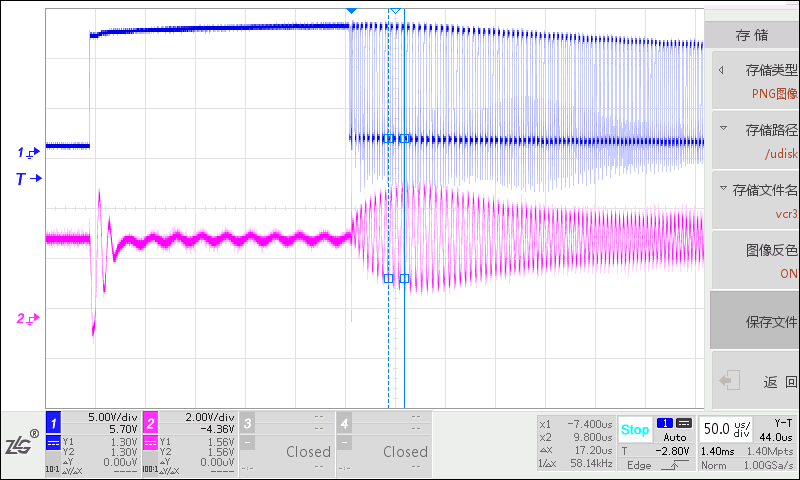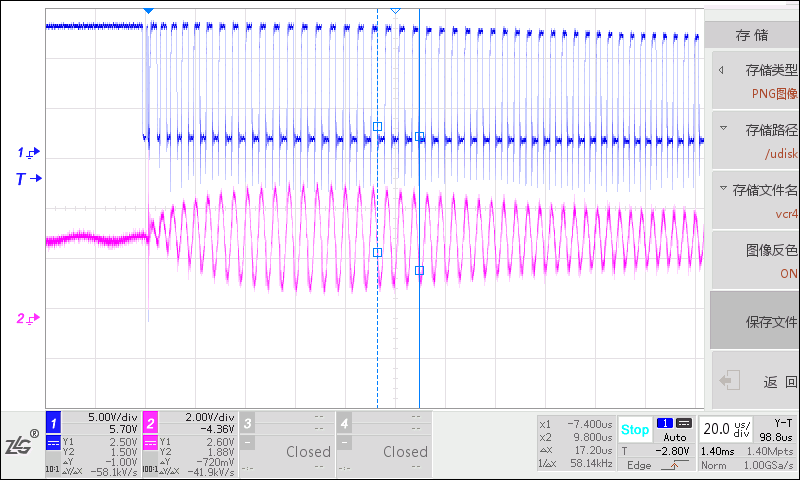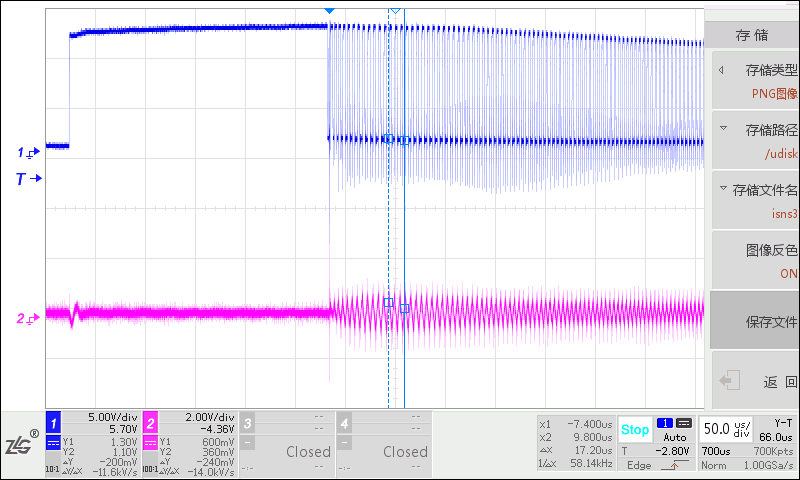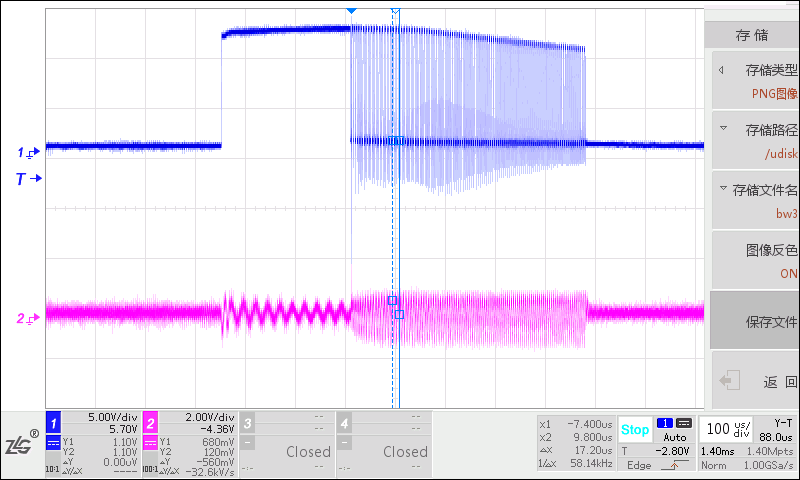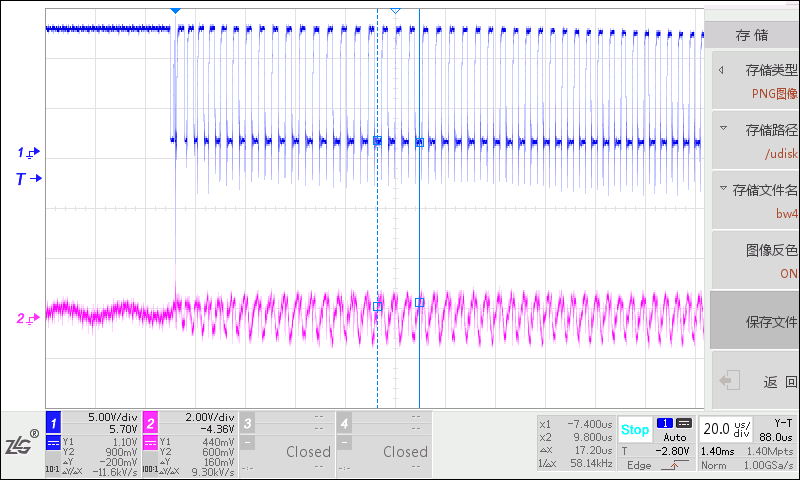Other Parts Discussed in Thread: PMP20795, UCC25630-1EVM-291, UCC256304
Hi team
I started to study LLC in the last six months. The chip used is Ti’s UCC256301. Our design goal is:
Input voltage: 340V~410V Output voltage: 100V
Output current: 4A
Efficiency: 93%
According to this parameter, I made the following choices for the LLC parameters
Lm = 300uH Lr = 55uH Cr = 44nf Q = 0.46 K=5.4
I use PMP20795 as a reference design
I have to say, the design is almost the same.
Except for different transformers and inductors, and some component parameters, the layout is exactly the same
The parameters around the chip are also configured according to excel
But still unable to output voltage normally
I don’t know where the design went wrong, I have provided the schematic and layout files, hoping to help me solve the problem
LLC400W_SCH_REV01_Oct-21-2020.pdf
Thanks a lot
Best Regards
Eilision


